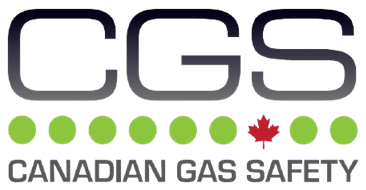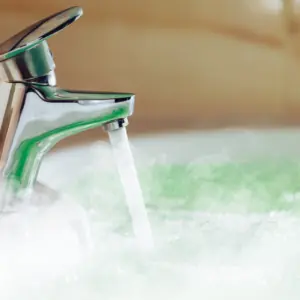In healthcare settings, ensuring patient safety is of utmost importance. One critical aspect often overlooked is water temperature management. Proper monitoring of water temperature is essential in healthcare facilities to prevent scalding injuries and maintain patient comfort and well-being. Let’s explore the importance of water temperature monitoring systems in safeguarding patient safety.
What is a Water Temperature Monitor?
A water temperature monitor is a specialized device designed to measure and control the temperature of water within plumbing systems. Equipped with sensors and control valves, these monitors ensure water temperatures remain within safe and comfortable ranges.
Areas Where Water Temperature Monitoring is Essential
Water temperature monitoring is indispensable in various healthcare environments, including hospitals, medical buildings, and nursing or care homes. It is particularly critical in areas such as patient rooms, bathrooms, and therapeutic facilities where patients interact directly with water.
Code Requirements
According to the California Plumbing Code 2022, temperature control valves must be installed in domestic hot-water distribution systems in health facilities and clinics. These valves regulate hot water temperatures between 105°F and 120°F, with a high-temperature alarm set at 125°F. Audible and visual alarms are mandatory in continuously occupied locations. Similarly, under the Wisconsin Plumbing Code 2022 for healthcare facilities, water provided to patient showers, therapeutic equipment, and baths must have control valves maintaining temperatures between 110°F and 115°F. These valves reduce flow to 0.5 gpm or less if the water supply exceeds 115°F or during cold water pressure loss, ensuring patient safety and comfort.
The Importance of Water Temperature Monitoring
Maintaining proper water temperature is crucial for preventing scalding injuries, especially among vulnerable populations like the elderly, children, and individuals with sensory impairments. Controlled water temperatures also enhance patient comfort and satisfaction, fostering a conducive healing environment.
The CGS Range
Water temperature monitoring systems, such as those offered by Canadian Gas Safety (CGS), regulate the temperature of hot water delivered to plumbing fixtures used by patients. These systems ensure water temperatures comply with safety standards and codes, effectively preventing scalding injuries and discomfort from extreme temperatures. The CGS monitors feature user-friendly interfaces for resetting and silencing alarms. Installation allows for configurable minimum and maximum water temperature settings through internal switches and fascia controls.
Conclusion
In healthcare, prioritizing patient safety through meticulous water temperature monitoring is imperative. These systems not only prevent scalding injuries but also contribute to a comfortable and healing environment for patients. With advanced solutions like those offered by Canadian Gas Safety (CGS), healthcare facilities can uphold rigorous safety standards and ensure the well-being of those they serve.


